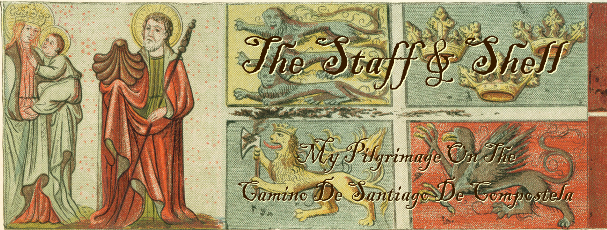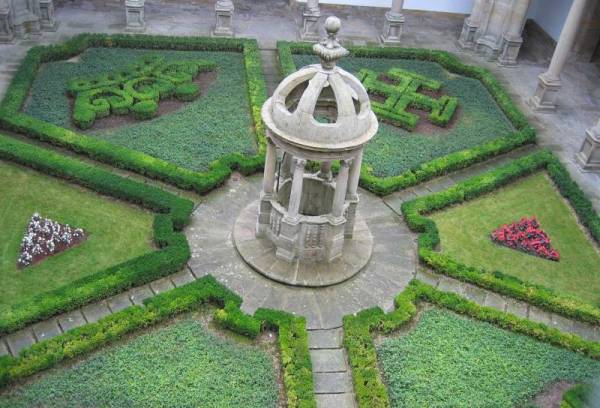
Easter is the greatest feast in the Christian calendar. On this Sunday, Christians celebrate the resurrection of Jesus Christ from the dead. For Catholics, Easter Sunday comes at the end of 40 days of prayer, fasting, and almsgiving known as Lent. Through spiritual struggle and self-denial, we have prepared ourselves to die spiritually with Christ on Good Friday, the day of his Crucifixion, so that we can rise again with him in new life on Easter.
The Fulfillment of Our Faith
Easter is a day of celebration because it represents the fulfillment of our faith as Christians. St. Paul wrote that, unless Christ rose from the dead, our faith is in vain (1 Corinthians 15:17). Through his death, Christ saved mankind from bondage to sin, and he destroyed the hold that death has on all of us; but it is his resurrection that gives us the promise of new life, both in this world and the next.
The Coming of the Kingdom
That new life began on Easter Sunday. In the Our Father, we pray that "Thy Kingdom come, on earth as it is in Heaven." And Christ told his disciples that some of them would not die until they saw the Kingdom of God "coming in power" (Mark 9:1). The early Christian Fathers saw Easter as the fulfillment of that promise. With the resurrection of Christ, God's Kingdom is established on earth, in the form of the Church.
New Life in Christ
That is why people who are converting to Catholicism traditionally are baptized at the Easter Vigil service, which takes place on Holy Saturday (the day before Easter), starting sometime after sunset. They have usually undergone a long process of study and preparation known as the Rite of Christian Initiation for Adults (RCIA). Their baptism parallels Christ's own death and resurrection, as they die to sin and rise to new life in the Kingdom of God.
Communion - Our Easter Duty
Because of the central importance of Easter to the Christian faith, the Catholic Church requires that all Catholics who have made their First Communion receive the Holy Eucharist sometime during the Easter season, which lasts through Pentecost, 50 days after Easter. (They should also take part in the Sacrament of Reconciliation before receiving this Easter communion.) This reception of the Eucharist is a visible sign of our faith and our participation in the Kingdom of God. Of course, we should receive Communion as frequently as possible; this "Easter Duty" is simply the minimum requirement set by the Church.


























 Take a palm that is about 2 feet long and 1/2" wide (if it tapers at the top, this is good!). Hold the palm upright, so the tapered end points toward the ceiling.
Take a palm that is about 2 feet long and 1/2" wide (if it tapers at the top, this is good!). Hold the palm upright, so the tapered end points toward the ceiling. Then bend the top end down and toward you so that the bend is about 5 or 6 inches from the bottom of the palm.
Then bend the top end down and toward you so that the bend is about 5 or 6 inches from the bottom of the palm. About a third of the way from the bend you just made, twist the section you've pulled down to the right, forming a right angle.
About a third of the way from the bend you just made, twist the section you've pulled down to the right, forming a right angle. About an inch and a half away from the "stem" of the cross, bend this arm of the palm back behind the palm so that it is now facing to your left. Make the bend at a good length to form the right arm of the Cross.
About an inch and a half away from the "stem" of the cross, bend this arm of the palm back behind the palm so that it is now facing to your left. Make the bend at a good length to form the right arm of the Cross.  Folding that same section at a point that equals the length on the right side, bend it on the left side and bring the end forward over what is now the front of the cross.
Folding that same section at a point that equals the length on the right side, bend it on the left side and bring the end forward over what is now the front of the cross. From the very center of the Cross, fold that arm up and to the upper right (in a "northeast" direction) so that it can wrap around where the upright post of the Cross and the right arm intersect.
From the very center of the Cross, fold that arm up and to the upper right (in a "northeast" direction) so that it can wrap around where the upright post of the Cross and the right arm intersect. Fold this down and to the left behind the Cross...
Fold this down and to the left behind the Cross...
 Bring it up behind the Cross again, this time folding it up toward the "northwest" direction.
Bring it up behind the Cross again, this time folding it up toward the "northwest" direction. Tuck the tapered end into the transverse section you made in step 7...
Tuck the tapered end into the transverse section you made in step 7... ...and pull through.
...and pull through.  Turn the Cross over; this side will be the front. Trim the tapered end if necessary, remembering that the palm is a sacramental and any part you trim away should be kept and respected as a sacramental! Use that piece for burning during storms.
Turn the Cross over; this side will be the front. Trim the tapered end if necessary, remembering that the palm is a sacramental and any part you trim away should be kept and respected as a sacramental! Use that piece for burning during storms. 




